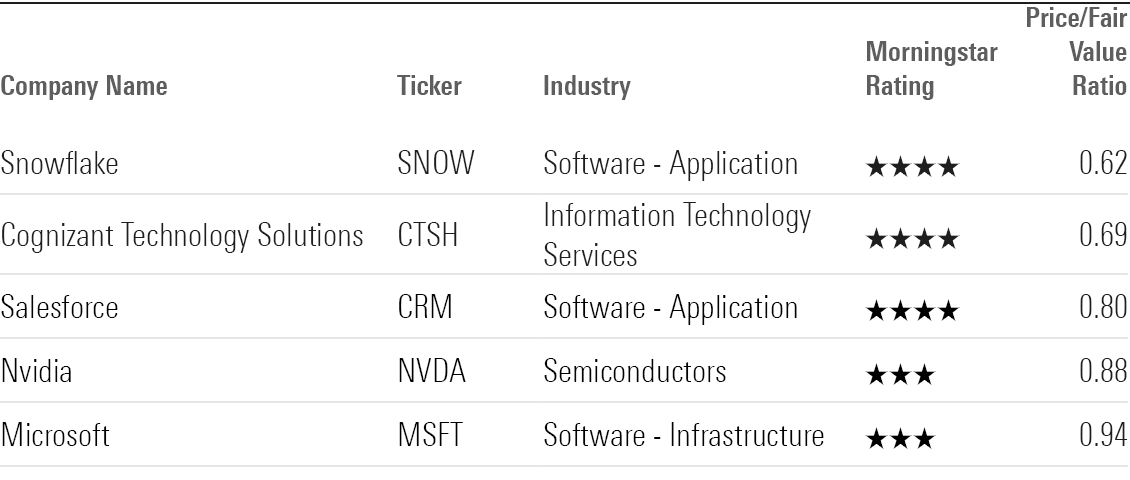Support from the customer is a crucial factor when choosing the best AI trading platform for predicting or analyzing stocks. Support that is prompt and reliable can be a major factor in solving issues, maximising the efficiency of the platform, and also providing smooth trading. Here are 10 top tips to evaluate the customer support of these platforms.
1. Evaluate Support Availability
24/7 support: Check whether the platform that has 24 hour assistance. This feature is particularly crucial for markets across the globe and for real-time trading.
Business hours: If 24/7 support isn't available, ensure that support is available during business hours.
Make sure that support is available on weekends and holidays.
2. Test Response Times
Initial response. Send an initial test question to support to determine how quickly they will respond.
Resolution time: Determine how long you need to resolve issues before they are resolved, and don't just acknowledge that they exist.
Live chat: Test the responsiveness and effectiveness of the live chat system.
3. Examine Options for Support
Multiple channels: Check that the platform supports multiple channels, such as live chat, phone, email and social media, among others.
You can check your preferred channel to check if it's accessible and reliable.
Self-service Options: To address issues quickly, you can use the extensive Knowledge Base including FAQs, Community Forums.
4. Assess Support Quality
Knowledge: Make sure that the support staff have a complete knowledge of the platform and trading, as well as technical issues.
Verify if the agent competent to resolve complex issues or escalate issues in a timely manner.
Professionalism - See whether interactions with support personnel are pleasant, helpful, and professional.
5. Look for Account Managers who are Dedicated
Premium support: Check to see if those on higher-tier plans, or those who are institutional users, are able to access a separate account manager.
Find out if the account manager offers personalized assistance, proactive guidance, and help with a proactive approach.
Relationship-building: Determine if the manager of your account is available and try to establish a an ongoing relationship with users.
6. Review Support Documentation
Knowledge base: Make sure the platform has a an organized and searchable knowledge base with tutorials, guides, and troubleshooting suggestions.
Video tutorials - See whether your platform offers videos, webinars or video tutorials that are suitable for visual learners.
API documentation. If you're an expert in programming, make sure the platform has a detailed and clear API documentation.
7. Evaluation of community and peer support
Forums for users Find out if there's an active community of users or forum on the platform, where they can exchange ideas and suggestions.
Social media groups - Search for non-official Facebook, LinkedIn, Reddit and other social media sites in which users debate the various platforms.
Community engagement: Determine whether members of the team actively participate in forums or discussions in the community.
8. Evaluate Escalation Processes
Issue escalation. Make sure that you have a clearly defined procedure to report unresolved issues managers or other staff members at the top.
Follow-up. Check that support is following up when the issue is resolved.
Feedback loop: Determine if feedback is collected from customers to improve support services.
9. Test Support in Critical Conditions
Market volatility: Contact support during periods of high-volatility and determine their responsiveness.
Simulate a tech problem (e.g. a login problem or unclear data) to observe how support responds.
Trade execution: See whether you can receive support for urgent issues related to trading (e.g. failed orders delay in execution).
Use User Feedback to improve
Reviews on the internet: Look up reviews of users on platforms such as copyright, G2, or Reddit to gauge overall satisfaction with support.
Find positive reviews or a case study highlighting the experience of support.
Go to the platform and see how it handles complaints or negative feedback, as well as support.
Bonus Tips:
Support for trial period Try the support of the platform during the free trial or demo time to assess its quality.
Support for your language Support for your language: If English isn't your primary language, it is best to check to see if English is supported.
Training and Onboarding: Determine whether the platform offers training sessions or even onboarding to assist new users in starting out.
You can assess customer support for AI stock predicting/analyzing platforms by following these guidelines. By doing so you can choose a platform which provides prompt, efficient and reliable support. The quality of customer support will enhance the overall experience on your platform and allow you to benefit the most value from its features. Follow the recommended ai investment platform for website examples including options ai, ai trading tools, ai trade, ai investment app, trading ai, best AI stock, AI stock trading, ai chart analysis, AI stock, AI stock trading and more.

Top 10 Tips On How To Evaluate The Scalability Ai Trading Platforms
To ensure AI-driven stock prediction and trading platforms can scale and scalable, they need to be able to handle the ever-growing amount of data and the complexity in markets, as well as customer demands. Here are the top 10 tips to determine the scalability.
1. Evaluate Data Handling Capacity
TIP: Find out if the platform is able to handle and analyze large amounts of data (e.g. historical stock data, live market feeds, as well as alternative data such as news or social media).
Why is that? Scalable platforms must be able handle growing volume of data without performance degradation.
2. Test Real-Time Processing Capabilities
Tips: Make sure you check the platform's ability to process real-time information streams, such live stock prices or breaking news.
Why: Real-time analysis is critical in trading decisions, and delays could result in missing opportunities.
3. Check Cloud Infrastructure and Elasticity
Tips - Find out if a platform is using cloud infrastructure, e.g. AWS or Google Cloud.
Why: Cloud platforms are elastic, and they can be scaled up and down according to demand.
4. Algorithm Efficiency
Tips: Examine the efficiency of computation in AI models (e.g., deep learning or reinforcement learning) used for predictions.
Why: Complex algorithms can be resource-intensive, therefore optimizing them is essential to scaling.
5. Study parallel processing and distributed computing
Find out if the platform uses parallel computing or distributed computing frameworks.
What are they: These technologies facilitate more efficient data processing and analytics across many nodes.
Examine API Integration, and Interoperability
Tip Try to test the platform's capacity to interface with APIs that are external (e.g., brokers, market data providers, APIs).
What's the reason? Seamless integration with platforms allows it to adjust to new sources of data or trading environments.
7. Analyze User Load Handling
Tip: Simulate the impact of high user traffic to test how the platform does under stress.
What's the reason? A platform that is scalable should be able to keep up with performance when users grow.
8. Assess the Retraining Model and its adaptability
Tips - Check how often the AI model is retrained and with what degree of efficiency.
The reason is that markets are always shifting, and models must to evolve quickly to remain accurate.
9. Examine for fault tolerance and redundancy.
TIP: Make sure the platform includes failover mechanisms and redundancy in the event of software or hardware failures.
Why is downtime so costly for trading. Fault tolerance is therefore essential to scalability.
10. Monitor Cost Efficiency
Tip: Calculate the costs of scaling your platform. Consider cloud resources, storage for data and computational power.
Why: The cost of scalability should not be unsustainable. Thus, it's crucial to find a balance between performance and expense.
Bonus Tip: Future-proofing
Platforms must be designed to integrate emerging technologies such as quantum computing and advanced NLP. They must also be able to adapt to changes in regulation.
By focusing on these elements, you can effectively assess the capacity of AI stock prediction and trading platforms. This will ensure they're robust, effective and ready for the future expansion. Take a look at the top chart analysis ai for website recommendations including ai tools for trading, best ai penny stocks, chart analysis ai, ai copyright signals, best AI stocks, how to use ai for copyright trading, AI stock predictions, ai in stock market, stock predictor, best AI stock prediction and more.
